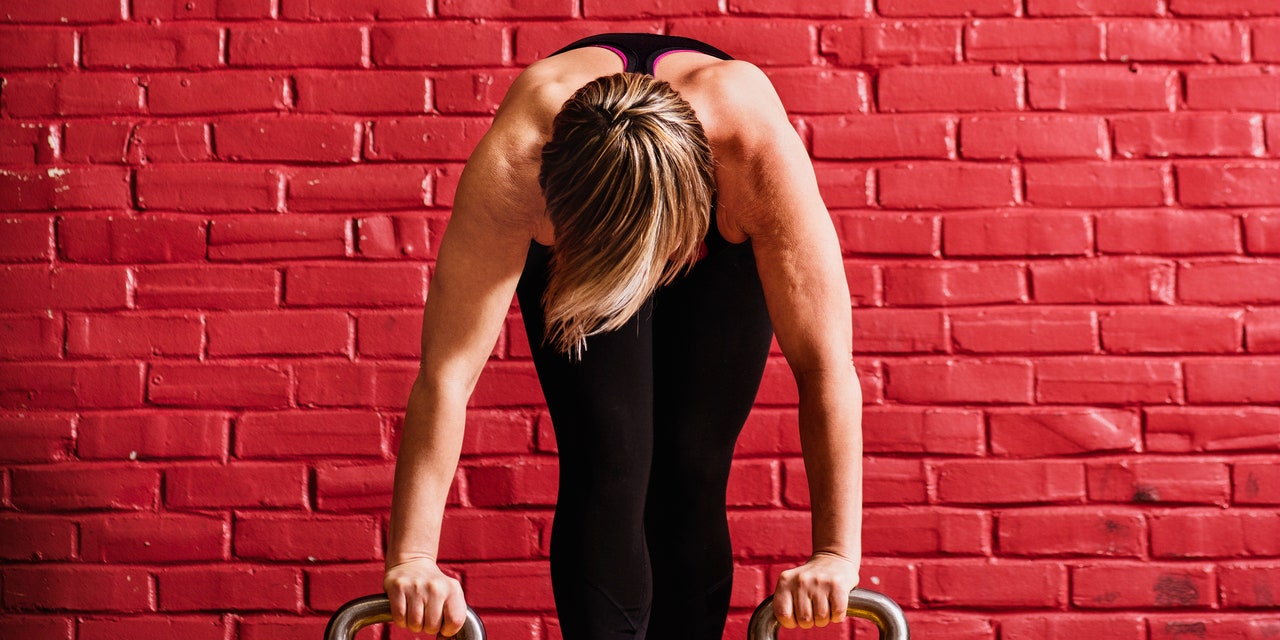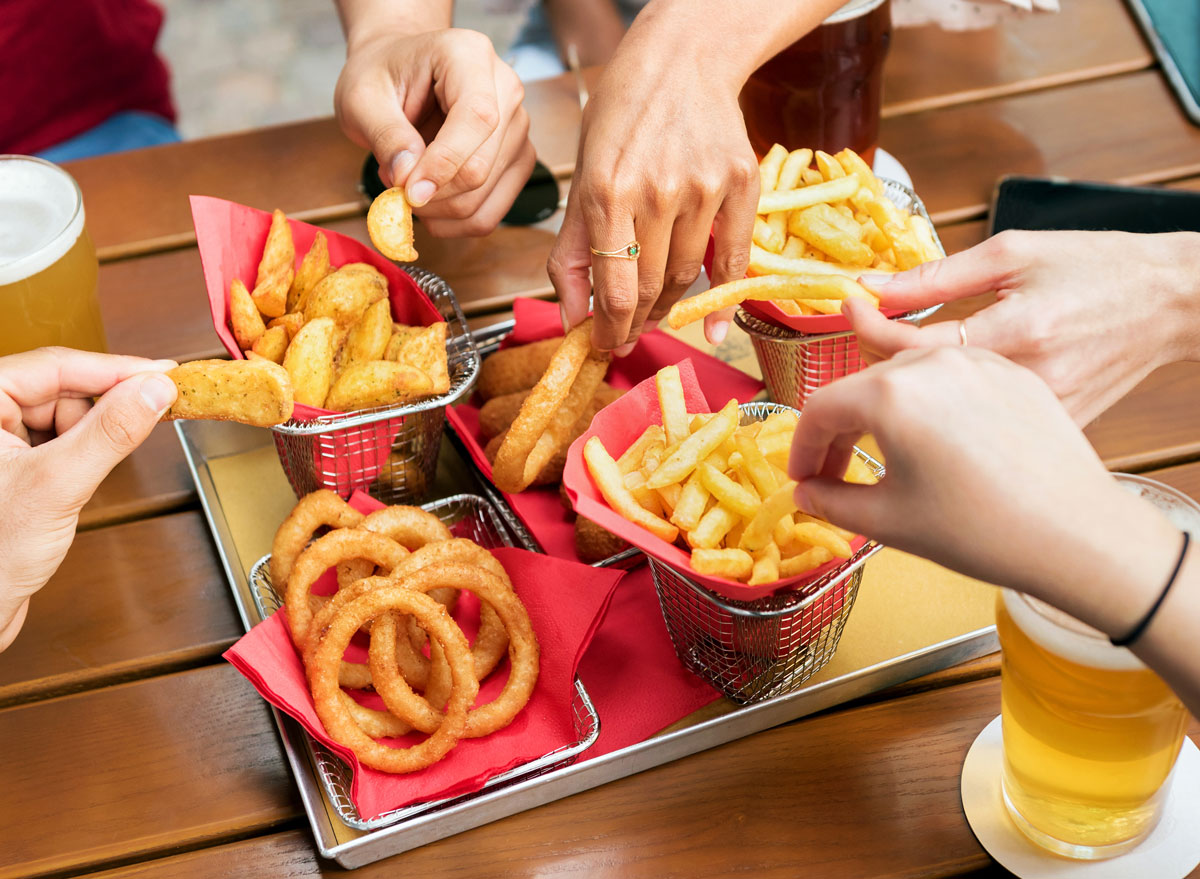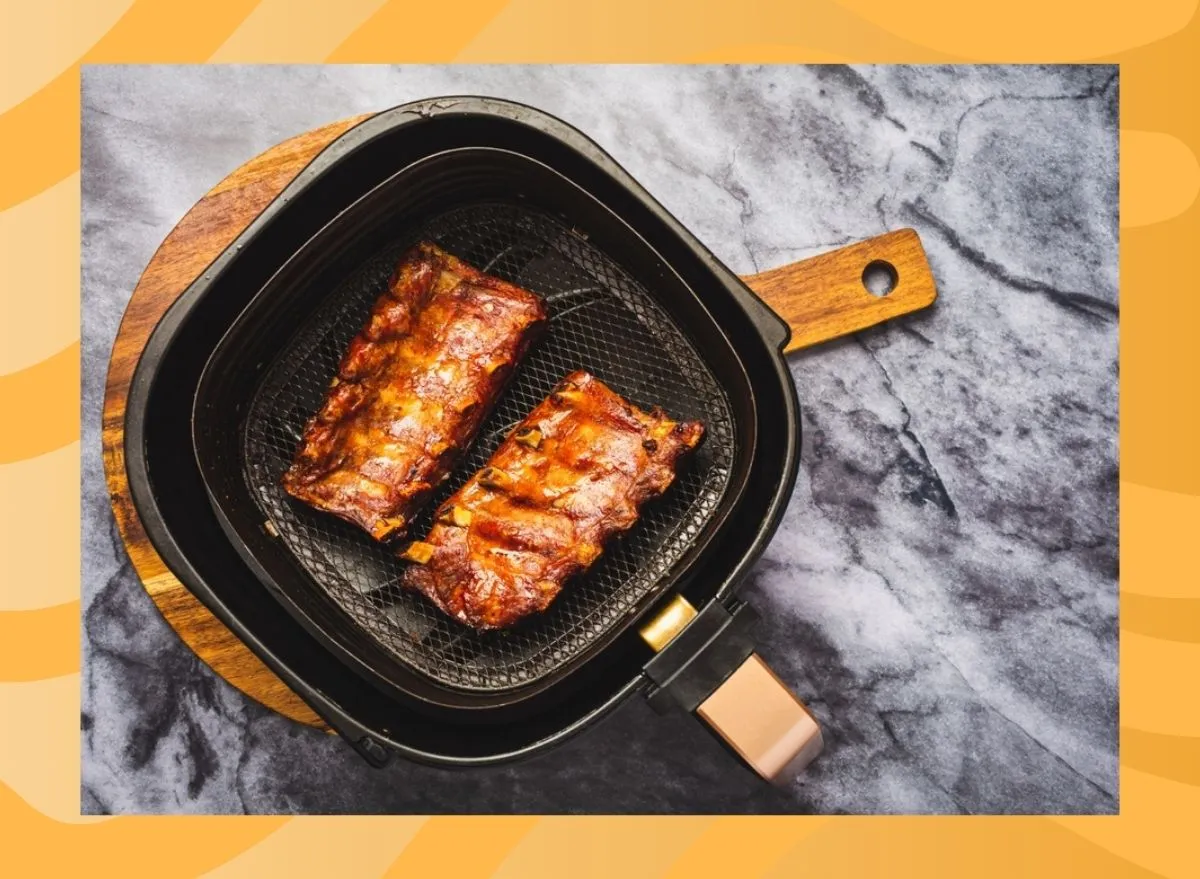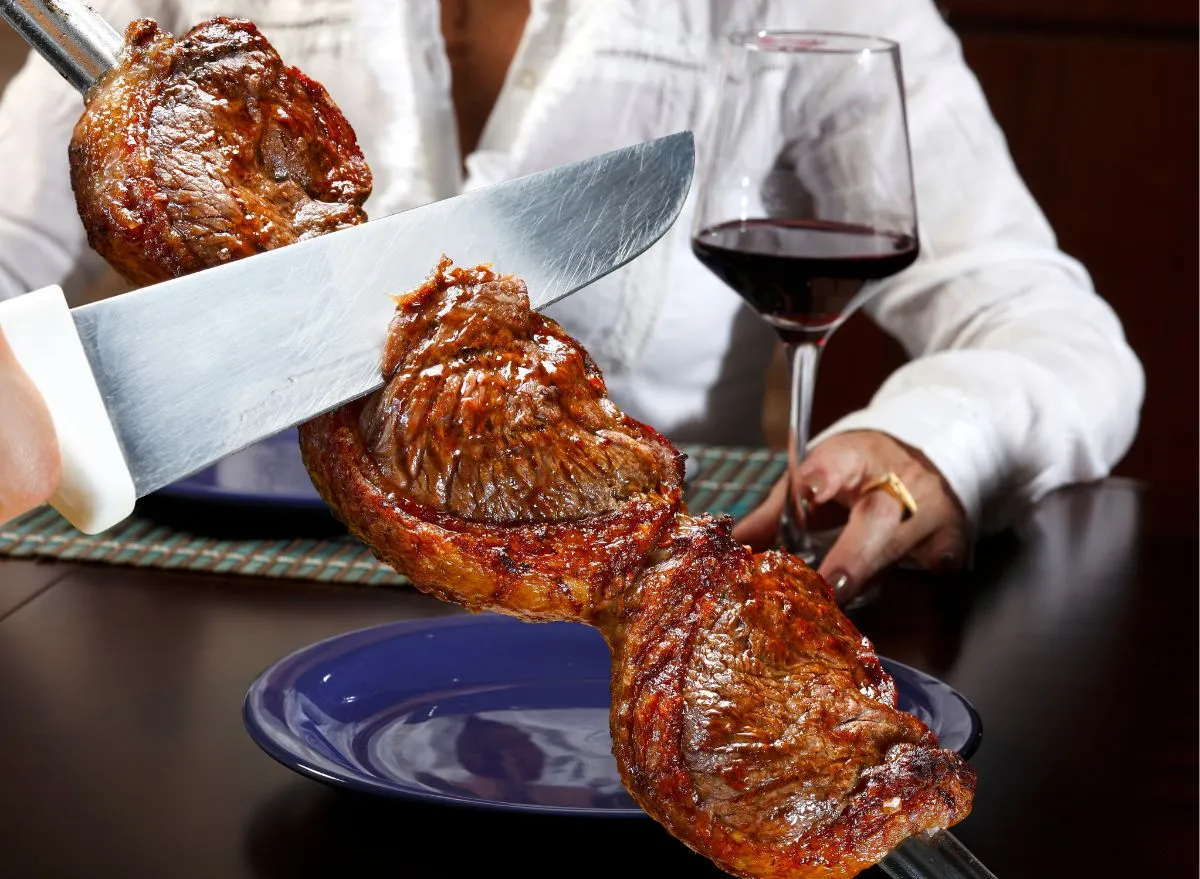Clenching or pumping your arms too aggressively midworkout can also contribute to the sensation.
“When people are limited for time or are stressed, they tend to make a tight fist and an aggressive pumping motion during exercise, which can make the tingling or numbness worse,” Dr. Chen says.
You can also experience positional issues when strength training, too. Tingling or numbness in your hands can occur when you’re lifting if your elbow is over-flexed or simply bent for a long period of time, says Dr. Chen—say, if you’re doing an exercise like skull-crushers or biceps curls. It can also happen if your wrist flexes or bends too much, too, like if you’re doing an overhead press with improper form or with a weight that’s a little too heavy. The positioning in both those scenarios can compress your ulnar nerve. Another possible culprit? Gripping your weights too hard, Dr. Chen adds. That can reduce blood flow to your hand and ultimately cause numbness or tingling.
What if you start feeling the numbness or tingling in your feet, too?
It’s common to feel this sensation in your feet as well, and it happens for a similar reason.
Exercising increases blood flow to your muscles, causing them to swell, says Dr. Gross. This muscle swelling is more common in the legs and feet during exercise because of gravity—the fluid in the lower body increases much more than the upper body. When your feet swell during a workout, they press against your sneakers and the nerves can become slightly compressed. Cue the numbness and tingling.
READ RELATED: 9 Best Exercise Bikes, According to Cycling Experts in 2023
A tingling or numb sensation is more likely in a situation where your feet remain stationary, like when you’re using an elliptical machine, an arc trainer, or even a bike. “On the elliptical machine, your foot is swelling inside of your sneaker and not changing positions,” says Dr. Gross. That forces the swollen foot to hit against the inside of the sneaker more than if you were running, where the foot and sneaker are both moving.
If you’re doing something that requires movement and still feel tingling or numbness, it could also be an issue with your sneakers. If your shoes are too tight, or you lace them up too snugly, your foot doesn’t have room to expand, which can lead to that uncomfortable sensation.
Quick callout: If you experience numbness in your digits when exercising outside in the cold—especially if your toes or fingers turn white—you might be experiencing Raynaud’s disease instead of a positional issue. With Raynaud’s, the small blood vessels in your extremities constrict and temporarily cut off blood flow to your hands and feet, says Dr. Chen. The feeling with it is very different from tingling or numbness from a compressed nerve; with Raynaud’s, you’ll likely feel a lot of pain in addition to numbness, says Dr. Chen.
How can you prevent numbness or tingling in your hands and feet when working out?
Paying attention to form can be helpful. Take the inadvertent clenching that people tend to do with running, for instance. Instead of balling your hands into a fist, relax your grip and imagine lightly holding something between your thumb and pointer finger. Concentrating on loosening your grip will also prevent you from pumping your arms too vigorously (which is a waste of energy anyway), says Dr. Chen.






